New York City’s latest beach safety initiative has hit an unexpected snag: territorial shorebirds. The NYPD’s fleet of drones, deployed to monitor beaches for sharks and struggling swimmers, is facing fierce opposition from local avian residents. According to NBC New York, these feathered fighters are taking to the skies to defend their turf, forcing authorities to rethink their drone patrol strategies.
Drones vs. Birds: An Unexpected Aerial Showdown
Since May 2024, the NYPD and other city agencies have been using drones to patrol New York City’s beaches. These unmanned aerial vehicles (UAVs) are equipped with advanced capabilities, including:
- Shark detection technology
- Inflatable life rafts for swimmer rescue
- High-resolution cameras for monitoring beach conditions
However, the drones’ presence has ruffled some feathers. Veronica Welsh, a Wildlife coordinator at the Parks Department, observed, “They [the birds] were very annoyed by the drones from the moment they arrived on the beach. They will fly at it, they’ll swoop at it, they’ll be vocalizing. They think they’re defending their chicks from a predator.”
Conservation Concerns and Close Calls
The primary aggressors in this aerial conflict are American oystercatchers, known for their distinctive orange bills. These birds, along with other species like terns and the endangered piping plover, nest on Rockaway Beach during the summer months.
While no birds have been harmed yet, there have been several close encounters. Wildlife experts are concerned about the potential impact on these threatened species. David Bird, a professor of wildlife biology at McGill University, warned of a worst-case scenario where drones could cause birds to abandon their nests, as happened in San Diego when thousands of elegant terns fled following a drone crash.
Adapting the Drone Program
In response to these avian attacks, city officials have adjusted their drone operations:
- Launching drones further from known nesting areas
- Holding briefings on bird life cycles and behavior
- Monitoring the impact on local wildlife populations
Christopher Allieri, founder of the NYC Plover Project, praised the city’s innovative approach to water safety but stressed the need for additional precautions.
“Wildlife in New York is often an afterthought,” he said. “We should be asking ourselves how we can use this technology in a way that works for all New Yorkers, and that includes those with feathers.”
Early Successes and Challenges
Despite the bird-related setbacks, the drone program has shown promise:
- On July 11, 2024, an NYPD drone spotted its first shark, leading to a beach closure
- Drones have captured footage of lifeguards assisting swimmers caught in rip tides
- The program aims to supplement lifeguard staffing, which has been challenging for the city
New York City Mayor Eric Adams, a drone enthusiast, has championed the program as “a great addition to saving the lives of those that we lose over the summer.”
DroneXL’s Take
The clash between drones and wildlife in New York City highlights the growing pains of integrating UAV technology into urban environments. While the potential benefits for public safety are clear, it’s crucial to balance these advancements with environmental concerns.
At DroneXL, we’ve seen similar conflicts arise in other coastal areas adopting Drone Technology for beach safety. For example, our recent coverage of Australian beach drone patrols showed how quieter, more compact drones can minimize wildlife disturbances while still providing effective surveillance.
As drone technology continues to evolve, we expect to see more wildlife-friendly designs and operating procedures emerge. The NYC beach patrol program serves as a valuable case study in the ongoing effort to harmonize drone operations with ecological preservation.
Discover more from DroneXL
Subscribe to get the latest posts sent to your email.


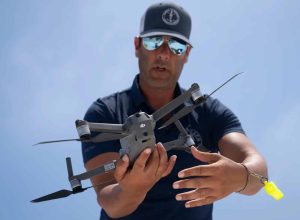

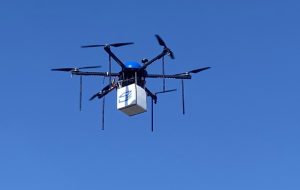

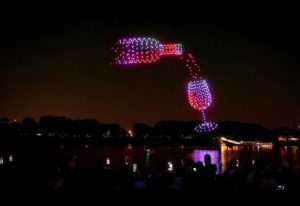
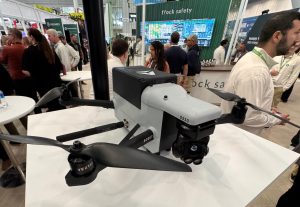

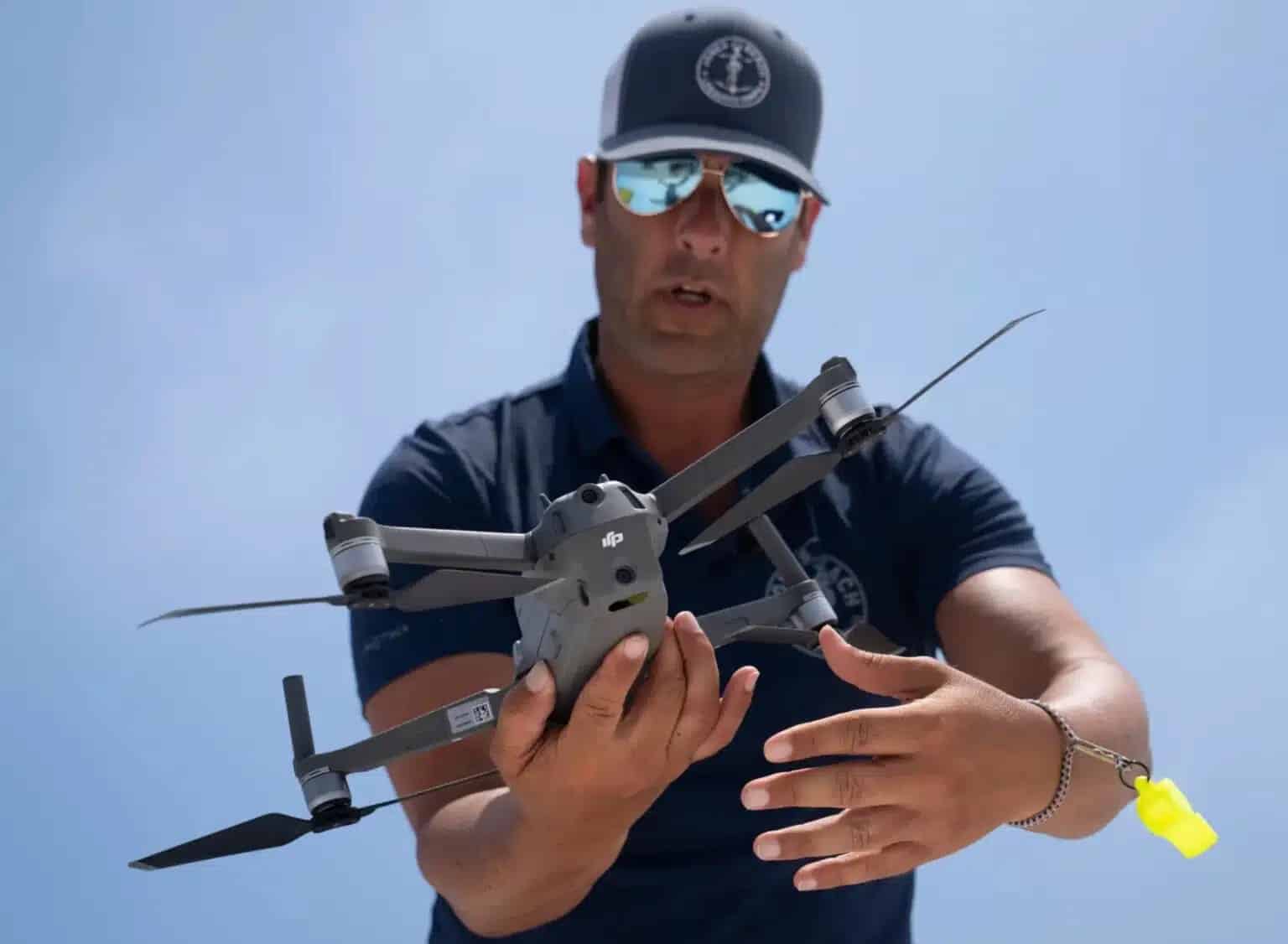


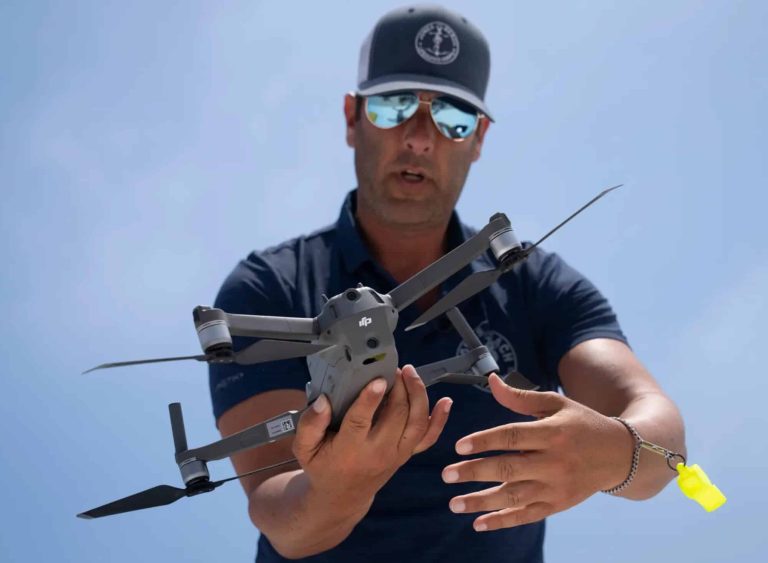





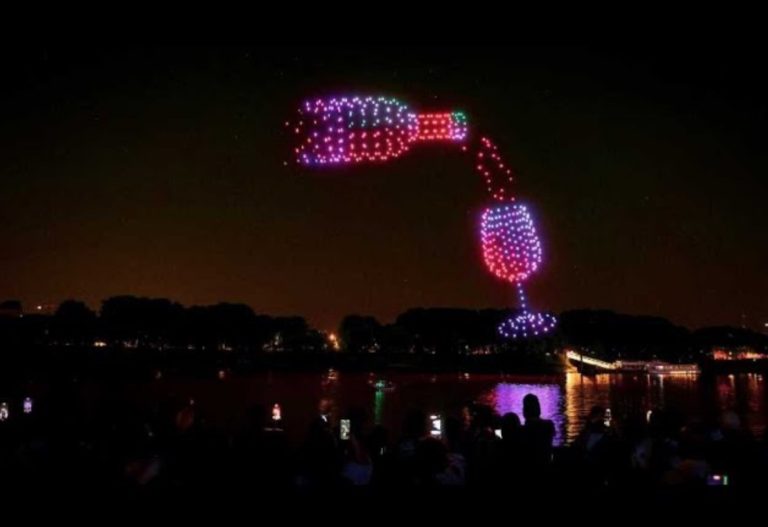

+ There are no comments
Add yours